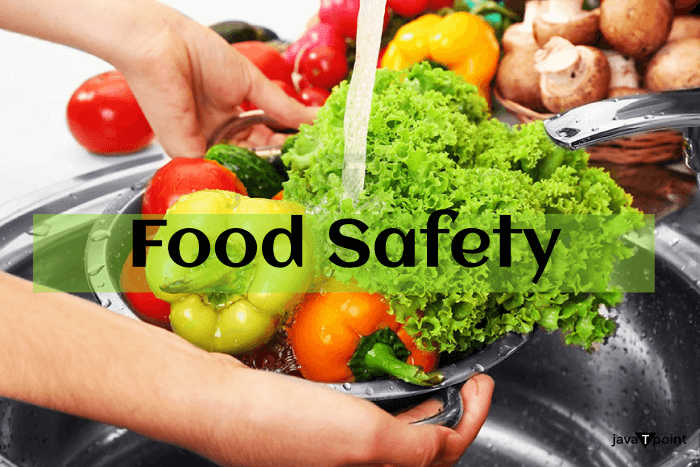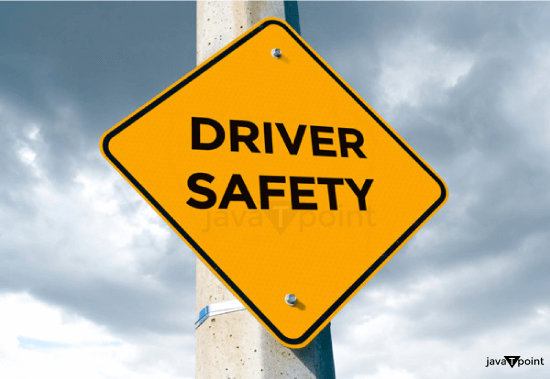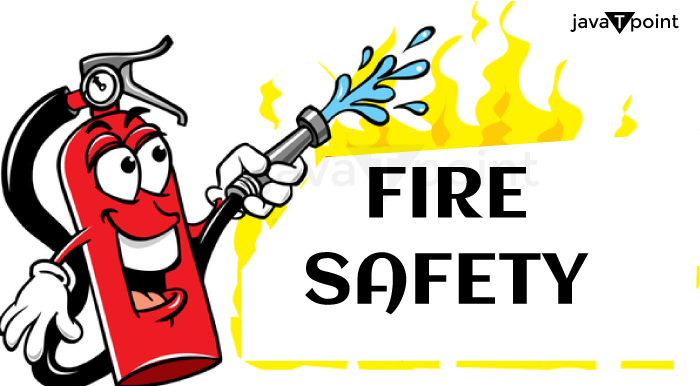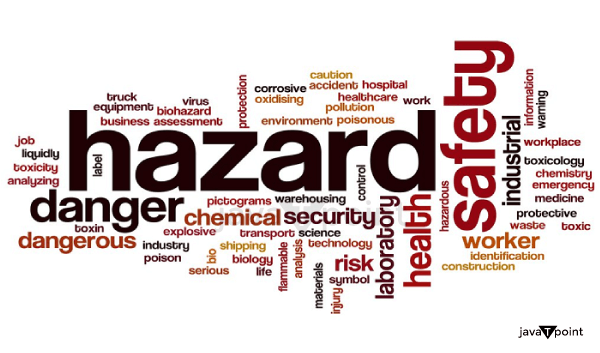Safety DefinitionA situation is considered safe if threats and conditions that might endanger people's bodily, mental, or material welfare as well as the well-being of the community are under control. For example food safety, women's safety, road safety, fire safety, electrical safety, hazard safety, Industrial safety… and many more. In a moral sense, no one wants to get wounded, and no one is pleased when someone else gets hurt. For these reasons, safety is crucial. Safety is also crucial for financial reasons since accidents cost money to repair. Here is detailed information about safety in different fields of our life. 1. Food SafetyFood safety refers to the correct food handling techniques used during the food preparation, processing, storage, and distribution of the products you deal with. All components of a food supply chain are nevertheless troubled by the integrity of food safety. The concern for the life cycle of food production extends from agriculture through the packing of completed goods and transportation to the table of the customer. Understanding what could compromise the integrity and stability of food is necessary for controlling its safety. 
Contaminations in your food supply chain are detrimental to food safety. These contaminants may be brought on by biological, chemical, physical, or radioactive risks that could have an impact on all significant points in your business. Foodborne illnesses and injuries related to eating can arise if food safety is not properly managed and controlled. 2. Women's SafetyWomen's safety includes independence and financial stability and, prevention of domestic violence. Women who are less dependent on men are better able to make educated decisions and are less likely to experience various forms of domestic violence. 
Women's safety requires a sense of worth. Preventing perpetration or victims of violence requires methods and policies to be implemented before it occurs. Improved knowledge and attitudes about the causes of domestic or sexual violence, such as acceptance of social norms that encourage violence, male superiority, and male sexual entitlement, can help achieve this. Obstacles to Women's Participation in the Workplace:
Steps Taken by Government for Women's Safety:
3. Road SafetyRoad safety is taking advantage of all available road safety measures to avoid and protect from road accidents. It is done to keep individuals safe while they are on the roadways. All road users, including pedestrians, two-wheelers, four-wheelers, multi-wheelers, and other users of transport vehicles, have to be made safe. It is beneficial and safe for everyone to practice road safety procedures throughout their lives. While driving or walking on the road, everyone should show consideration for others and ensure their safety. 
One of the most crucial factors in preventing roadside accidents, injuries, and fatalities is ensuring that people are safe while driving. On the basis of national statistical data regarding the total number of reported accidents and fatalities, we may assess the significance of road safety. Here are Some Road Safety Precautions:
4. Fire SafetyTo avoid and guard against the destruction brought on by fire, workplace fire safety is crucial and required. Fire safety lowers the possibility of injuries and building damage that can result from fires. It is essential for everyone's safety who might be inside the building during a fire emergency to develop and implement fire safety measures in the workplace. 
An emergency response team is essential in leading and guiding others to safety in addition to a fire prevention plan. A group of people who are all familiar with emergency procedures, fire safety, and the evacuation plan make up a fire emergency response team. Each team member is aware of the procedures to follow in the event of a fire emergency and is aware of their roles and responsibilities to get everyone to safety. Here are some Fire Safety Precautions:
5. Electrical SafetyElectrical safety measures are frequently followed by employees who are exposed to handling and maintaining electrically powered equipment. In order to reduce electrical dangers and stop any potential negative effects in the case of an occurrence, they abide by a set of guidelines. 
Electrical safety measures are certain preventative measures used to eliminate electrical risks and lessen the likelihood of electrical mishaps and injuries. The worker's job requirements and workplace environment will determine the safety precautions to be taken when handling electricity. The most fundamental electricity safety measures, however, are having a firm grasp of how electricity operates, spotting and removing electrical risks like improper cable management and sloppy housekeeping, and donning the necessary PPE. Here are some Electrical Safety Precautions:
6. Hazard SafetyHazard safety is anything that could cause harm or pose a risk to one's life, health, or property right away. It has not been determined whether these risks will have any negative effects on employment, health, or safety. When necessary, tests entail doing examinations with the following techniques: 
Hazards are divided into two categories.
7. Industrial SafetyIndustrial safety is regarded as a universal requirement, primarily because a safe workplace produces a welcoming, energising atmosphere. Safety plays a crucial role in the current production system, as more capacity and faster production speeds are required. Workers operate machinery more quickly and are in greater danger as a result of this. For instance, when it comes to the safety of machinery, both equipment makers and operators place a high priority on engineering and the use of international standards. The effectiveness of a safety system, as a whole, depends not only on technical and legal considerations but also on a thorough functional analysis of the organization, the manufacturing process, and the human element. Conclusion:Safety is important in every field of life whether it is food that we eat, the road on which we walk or drive, or the workplace where we work. All precautions should be taken as well as all modern technologies should be used to safeguard human life. |
 For Videos Join Our Youtube Channel: Join Now
For Videos Join Our Youtube Channel: Join Now
Feedback
- Send your Feedback to [email protected]
Help Others, Please Share










